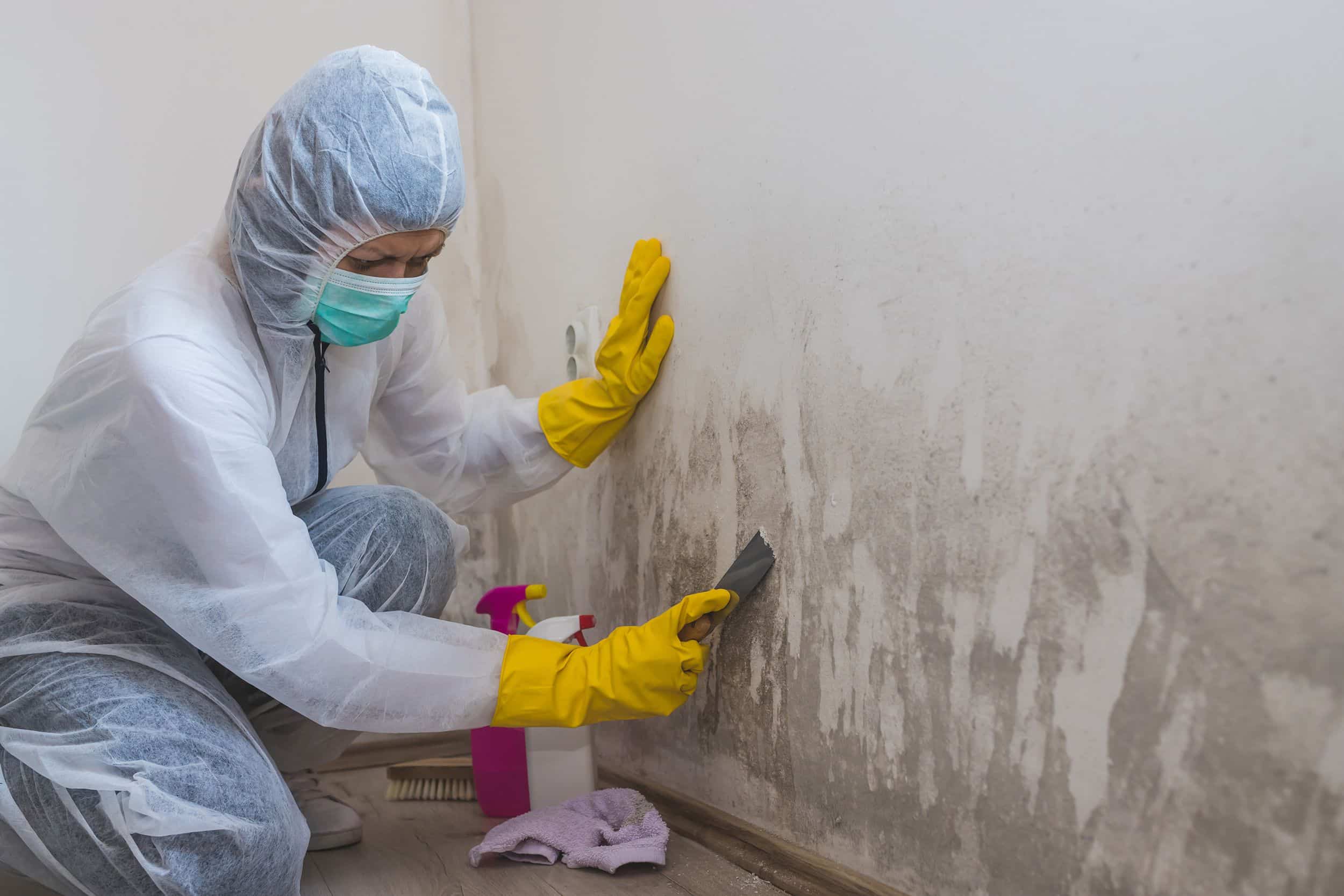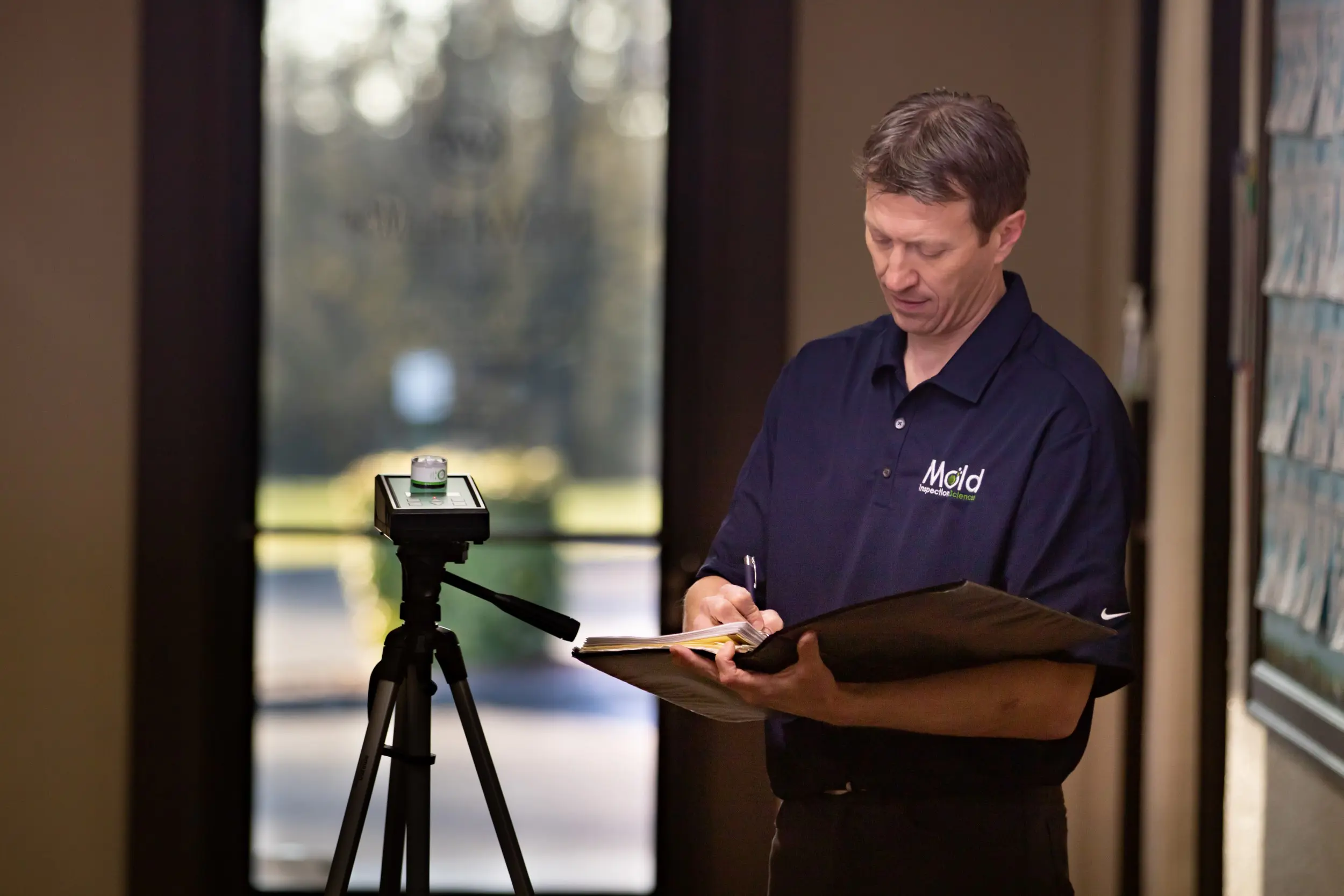Finding Post Remediation Inspection Near Me Providers
Finding Post Remediation Inspection Near Me Providers
Blog Article
Key Steps for Successful Post Mold Removal
Resolving mold concerns in a timely and effective way is critical for maintaining a healthy interior atmosphere. Successfully finishing mold remediation is a complex process that requires attention to information and adherence to specific procedures. From inspecting treated locations to executing wetness control procedures, each step plays a vital role in ensuring the efficacy of the remediation process. Nonetheless, there are key post-remediation steps that are equally crucial however usually forgotten. These actions not only confirm the success of the remediation initiatives however also add to avoiding future mold growth.
Examination of Treated Locations
Upon conclusion of the mold and mildew removal procedure, a thorough assessment of the treated areas is critical to make certain the efficiency of the removal efforts. This evaluation acts as a crucial action in the post-remediation stage to verify that the mold removal and clean-up treatments were successful in getting rid of the mold infestation and bring back a risk-free indoor environment. The assessment needs to be conducted by certified professionals that have the know-how to analyze the remediated locations thoroughly.
These consist of visual analyses to check for any type of indications of mold development or water damage, wetness levels to validate that the area is cost-free and dry of excess humidity that might promote mold and mildew re-growth, and air high quality screening to guarantee that the interior air is safe to breathe. In addition, the evaluation may include utilizing specialized devices such as dampness meters and thermal imaging cams to identify hidden mold or dampness pockets that could lead to future mold issues if left unchecked.

Wetness Control Actions
Efficient dampness control steps are vital for protecting against mold and mildew growth and maintaining a healthy and balanced indoor environment. Additionally, using dehumidifiers in moist locations can assist lower moisture levels, making it harder for mold and mildew to prosper.
On a regular basis inspecting and keeping the structure's outside can likewise prevent dampness breach. After mold remediation. Making certain that seamless gutters are clear, downspouts direct water away from the structure, and the roofing remains in great problem can aid avoid water from permeating right into the building. Appropriately sealing windows and doors can also aid maintain moisture out
In situations where water damages occurs, prompt action is required. Any kind of leakages or spills should be cleansed and dried within 24-48 hours to stop mold growth. Utilizing dampness meters can help discover covert resources of water and guarantee extensive drying out. By executing these dampness control measures, the risk of mold and mildew returning can be significantly decreased, creating a healthier indoor atmosphere.
Proper Air Flow Assessment
An essential facet of making certain a healthy and balanced interior environment blog post mold and mildew removal is performing a comprehensive evaluation of the ventilation system. Appropriate ventilation assessment plays an important duty in avoiding future mold growth and keeping air high quality within the affected space.
In addition, evaluating the ventilation system includes checking out the circulation of air throughout the location to identify any kind of locations of bad circulation where wetness and pollutants could collect. Correct air flow not just aids in regulating humidity levels but also aids in removing air-borne mold and mildew spores and other contaminants, therefore boosting general interior air top quality. By resolving any kind of ventilation concerns publish mold and mildew removal, residential or commercial property proprietors check this site out can develop a healthier and much more comfy setting for owners while minimizing the danger of mold re-infestation.
Cleaning and Disinfection Protocols
To make sure comprehensive mold remediation, careful adherence to certain cleaning and disinfection methods is necessary. Cleaning up and sanitation methods play a vital duty in the post-mold removal phase to avoid the reoccurrence of mold and mildew growth and make certain a healthy and secure atmosphere. The very first step in this procedure is the elimination of any type of noticeable mold development utilizing appropriate cleaner and methods. It is necessary to use EPA-approved fungicides and disinfectants to successfully eliminate mold and mildew spores and prevent their regrowth.
After the initial cleansing, extensive sanitation of the impacted areas is required to kill any type of continuing to be mold and mildew spores and prevent their proliferation. This step is essential in stopping the spread of mold and mildew to other parts of the building. Furthermore, executing precautionary measures such as using mold and mildew preventions and maintaining proper air flow can aid lessen the danger of future mold invasions. By following rigorous cleaning and sanitation procedures, homeowner can make certain the successful eradication of mold and mildew and produce a healthy and balanced indoor environment for occupants.
Surveillance and Upkeep Strategy
Executing a routine tracking and upkeep strategy is vital for guaranteeing the long-term effectiveness of mold remediation efforts. As soon as mold remediation is finished, it is crucial to develop a tracking routine to review the success of the remediation process.
Furthermore, creating an upkeep plan is vital to stop future mold and mildew issues. This strategy might include activities such as fixing pipes leaks, boosting air flow, and controlling interior moisture degrees. Normal upkeep not have a peek here just assists in avoiding mold and mildew however also adds to maintaining a healthy and balanced indoor environment. It is a good idea to document all tracking and upkeep tasks to track progress and make certain consistency in the upkeep of the remediated locations. By applying a thorough tracking and maintenance strategy, the danger of mold re-emergence can be significantly lowered, promoting a risk-free and clean living or working environment.
Verdict
Finally, effective blog post mold and mildew removal involves extensive assessment of treated areas, execution of dampness control measures, analysis of proper ventilation, adherence to cleansing and sanitation methods, and facility of a tracking and upkeep strategy. These key actions are important to make certain that mold and mildew growth is effectively eliminated and prevented from reoccuring in the future. By complying with these standards, homeowner can preserve a healthy and balanced and safe setting for residents.
Upon completion of the mold removal procedure, an extensive evaluation of the dealt with locations is crucial to ensure the performance of the removal initiatives. These consist of aesthetic assessments to check for any signs of mold growth or water damages, wetness levels to validate that the area is completely dry and complimentary of excess moisture that can promote mold re-growth, and air top quality testing to make sure that the interior air is secure to breathe. Furthermore, the evaluation might involve making use of specialized devices such as wetness meters and thermal imaging video cameras to discover covert mold or wetness pockets that could lead to future mold and mildew issues if left untreated. By resolving any type of ventilation concerns post mold remediation, building owners can create a much healthier and extra comfy environment for passengers while minimizing the risk of mold re-infestation.

Report this page